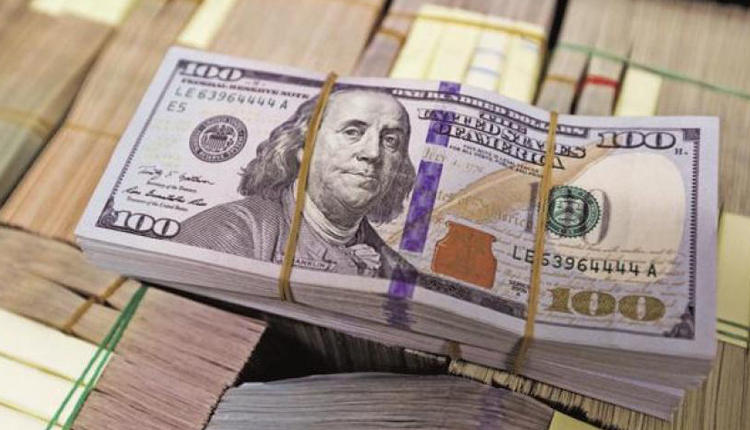The dollar made modest gains against the yen on Friday, boosted by upbeat U.S. jobs data, but gains were limited by hopes that Washington and Beijing can repair the trade tensions that have spurred safe-haven buying of the greenback.
U.S. job growth rebounded sharply in October and wages recorded their largest annual gain in 9-1/2 years, which could keep the Federal Reserve on track to raise interest rates in December.
“Even though we had a pretty strong payrolls report, it still seems like the dollar’s gains were somewhat muted,” said Sireen Harajli, foreign exchange strategist at Mizuho in New York.
The dollar was 0.44 percent higher against the yen, while the euro was down 0.12 percent against the greenback.
“I think we might be seeing some signs that dollar gains are starting to become somewhat limited at these levels,” she said.
The dollar index, which tracks the greenback versus the euro, yen, sterling and three other currencies, hit a 16-month high on Wednesday. On Friday, the index was little changed on the day at 96.46.
The strong jobs numbers did not boost the dollar more since investors remained focused on trade-related tensions, said Juan Perez, senior currency trader with Tempus, Inc. in Washington.
The greenback draws safe haven flows during times of economic and political uncertainty. It came under pressure on Friday, after a Bloomberg report said President Donald Trump was seeking a trade agreement with Chinese President Xi Jinping before a meeting in Argentina at the end of November.
A trade dispute between the world’s two largest economies has cast a pall over the global economy and boosted demand for the greenback as investors view the United States to be in better shape than its rivals to weather a trade war.
A senior Trump administration official dismissed the report of a possible trade deal with China as untrue, CNBC reported.
Improved risk sentiment provided support to commodity-linked currencies, including the Aussie and the kiwi, said Perez.
The Australian dollar, seen as a proxy for China-related trades as well as a barometer of broader risk sentiment, was about flat on the day.
Sterling was down 0.32 percent on the day, but on pace for its biggest weekly gain since March. The pound was aided this week after the Bank of England signaled more interest rate hikes could be on the way if Britain’s exit from the European Union is smooth.
The Canadian dollar dipped from an earlier one-week high against the greenback after investors deemed domestic jobs and trade data not strong enough to raise bets for another Bank of Canada interest rate hike next month.
Source: Reuters


